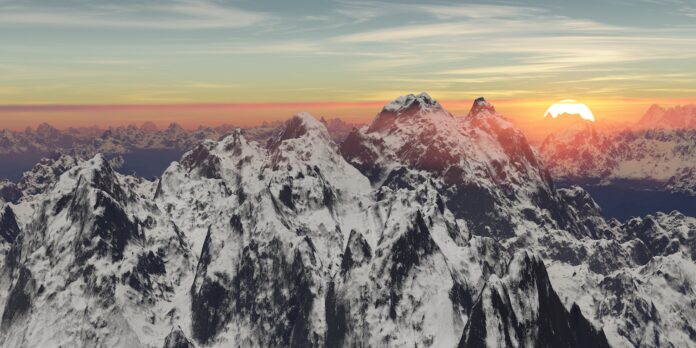Source: MakeLemonade.nz
Leeds – The accelerating melting of the Himalayan glaciers threatens the water supply of millions of people in Asia, new research warns.
The study, led by the University of Leeds, concludes that over recent decades the Himalayan glaciers have lost ice ten times more quickly over the last few decades than on average since the last major glacier expansion 400 to 700 years ago, a period known as the Little Ice Age.
The study reveals that Himalayan glaciers are shrinking far more rapidly than glaciers in other parts of the world at a rate of loss the researchers say is exceptional.
The paper, published in Scientific Reports, made a reconstruction of the size and ice surfaces of 14,798 Himalayan glaciers during the Little Ice Age.
The researchers say the glaciers have lost around 40 per cent of their area, the equivalent of all the ice contained today in the central European Alps, the Caucasus, and Scandinavia combined.
The water released through that melting has raised sea levels across the world by between 0.92 mm and 1.38 mm, researchers say.
The ice being lost from Himalayan glaciers is at least ten times more than the average rate over past centuries.
This acceleration in the rate of loss has only emerged within the last few decades and coincides with human-induced climate change.
The Himalayan mountain range is home to the world’s third-largest amount of glacier ice, after Antarctica and the Arctic and is often referred to as the third pole.
The acceleration of melting of Himalayan glaciers has significant implications for hundreds of millions of people who depend on Asia’s major river systems for food and energy.
Himalayan glaciers are also declining faster where they end in lakes, which have several warming effects, rather than where they end on land. The number and size of these lakes are increasing so continued acceleration in mass loss can be expected.
People in the region are already seeing changes that are beyond anything witnessed for centuries. This research is just the latest confirmation that those changes are accelerating and that they will have a significant impact on entire nations and regions.



